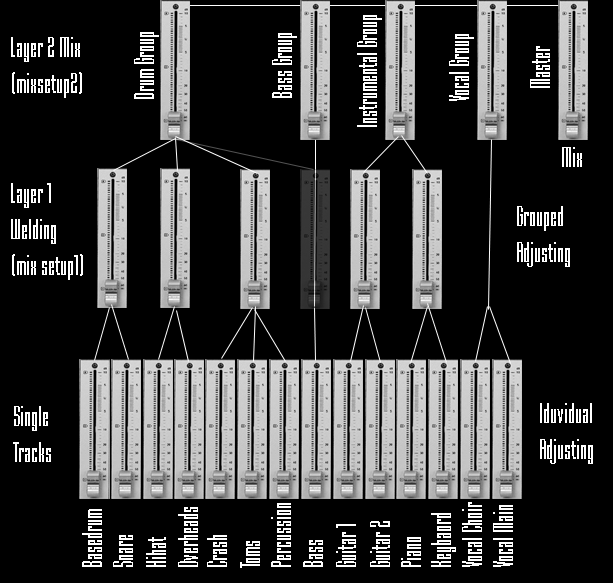

If you repeated the experiment for a range of pianos (upright as well as grand pianos) and organs, you’d probably arrive at the same answer. If you conducted an experiment to find out where the fullness of an acoustic guitar came from, chances are you’d end up with the answer: around 80 Hz. As with all creative things, there’s no absolute rule, so use your ears. A good starting point would be to let the kick drum occupy the space from 50 – 60 Hz and let the bass dominate the space from 60 – 80 Hz. Depending on genre, this area can be rather crowded. This is where the important frequencies that make up “the bottom” of kick drums and basses live. Either use a low-cut filter or turn down the EQ gain in this area. However, if you’re mastering for BIG playback systems like cinematic speakers, you should pay careful attention to these low frequencies.

This frequency range is mostly inaudible and therefore not important to your mix. But which frequencies in the span from 20 – 20,000 Hz (normal audible range) should you cut? Well, here’s a guided tour of the frequency spectrum using some of the most common instruments. The best way to use an EQ is to cut frequencies rather than boost them. The first tool you should reach for in this situation is parametric-EQ. Ever had the feeling that two or more instruments in your mix are fighting for space? It’s important that you address this in mixing, although it can sometimes be a challenge.


 0 kommentar(er)
0 kommentar(er)
